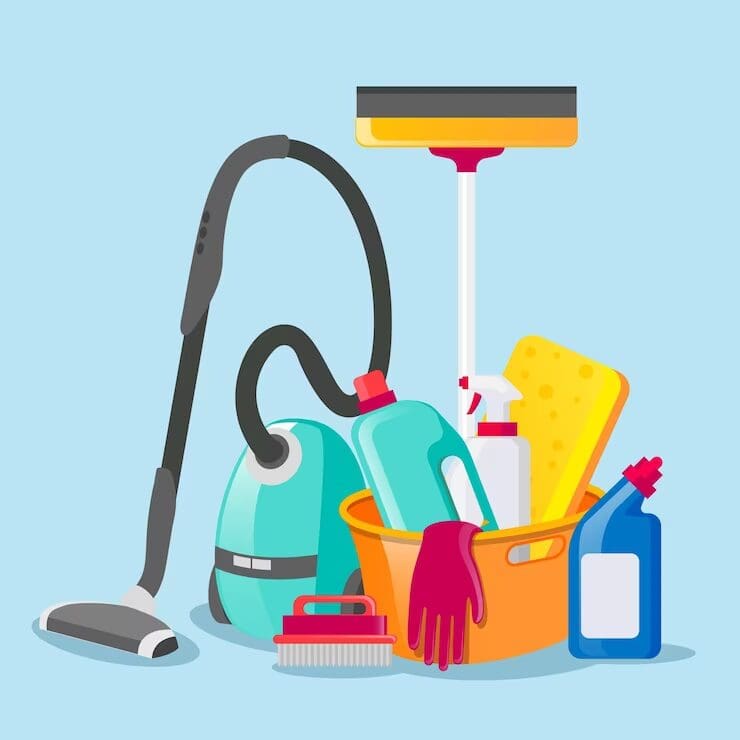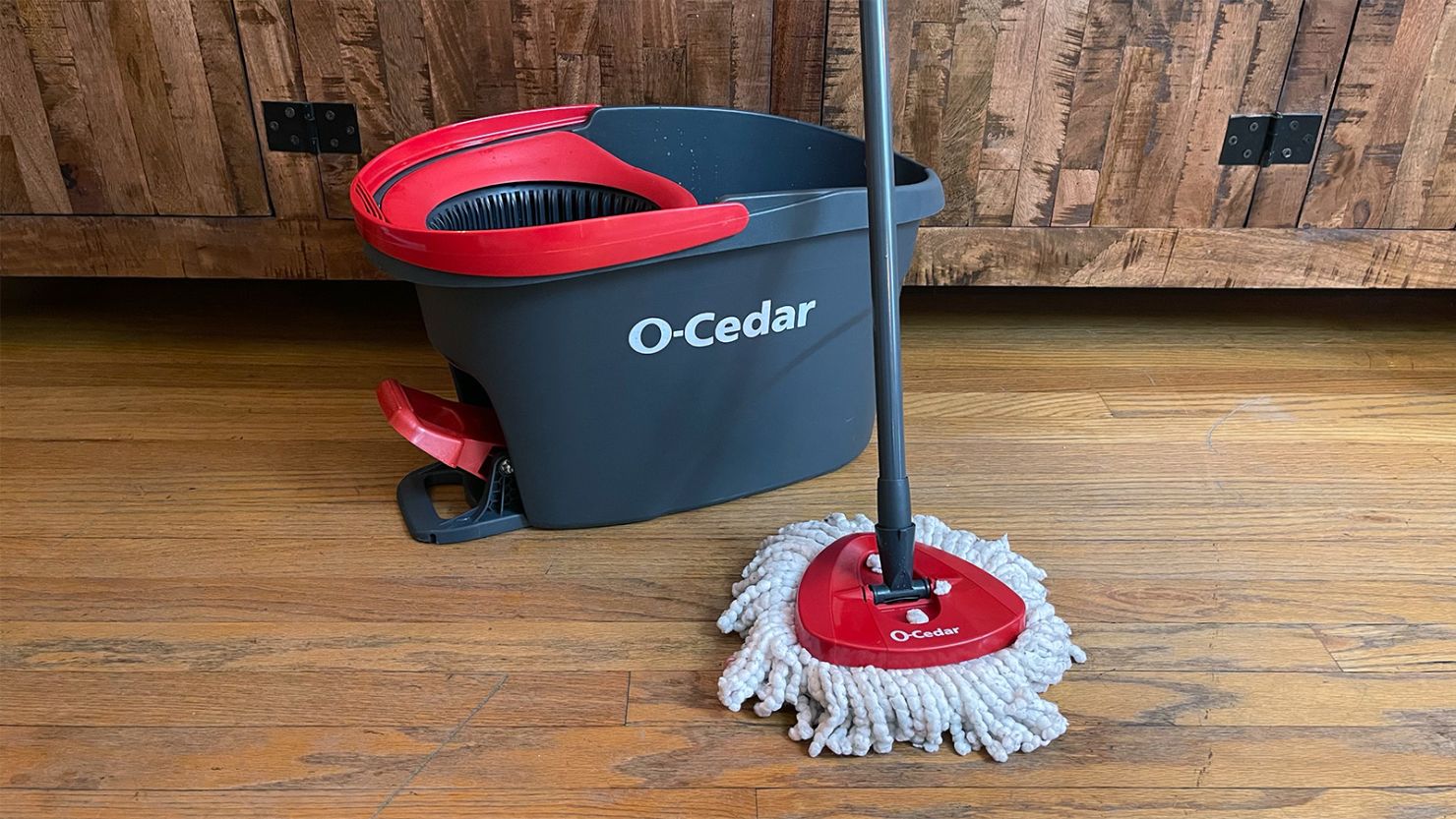How to Keep Your Home Sanitary: Everyday Cleaning Tips for Defrosted and Cleaned Every Few Months
How to Keep Your Home Sanitary: Everyday Cleaning Tips for Defrosted and Cleaned Every Few Months
Blog Article
Understanding the Requirement for Completely Decontaminating and Disinfecting Frequently Touched Surfaces in High-Traffic Areas
In the world of public health and safety, the meticulous disinfection and sanitization of frequently touched surfaces in high-traffic areas stand as extremely important procedures in stopping the spread of hazardous microorganisms. The relevance of this technique prolongs much beyond plain sanitation, delving right into the world of illness avoidance and neighborhood wellness. By discovering the numerous elements of surface area disinfection, from the risks connected with disregarding cleansing protocols to the efficient methods that can be utilized, a clearer understanding emerges of the vital duty these practices play in protecting public health. As we navigate this conversation, it comes to be apparent that the effects of extensive surface sanitation resound not only within the confines of a certain atmosphere however also resonate on a broader scale, influencing the health and wellness and security of individuals across diverse public settings.
Value of Surface Area Sanitation
Highlighting the extensive sanitation of high-traffic surfaces is vital in maintaining a sanitary setting and avoiding the spread of hazardous virus. High-touch surface areas such as door deals with, light switches, elevator switches, and counter tops act as reproducing grounds for infections and germs. Normal disinfection of these surface areas is vital to decrease the risk of contamination and transmission of illnesses.
By carrying out a durable sanitation protocol, establishments and businesses can create a safer setting for workers, site visitors, and clients. Appropriate surface sanitation not only minimizes the spread of transmittable conditions yet likewise imparts self-confidence in the tidiness and security of the properties. This proactive strategy shows a dedication to wellness and health, which is particularly important in high-traffic areas where the chance of direct exposure to virus is enhanced.
Furthermore, surface area disinfection plays a critical role in total infection control techniques. Integrated with hand hygiene methods, putting on masks, and maintaining physical distancing, detailed sanitation of high-touch surfaces forms a comprehensive protection versus the transmission of hazardous microbes. Focusing on surface disinfection is a necessary component of an alternative approach to health and safety in common areas.
Risks of Overlooking Cleaning Practices
Disregarding extensive sanitation of high-traffic surface areas significantly heightens the threat of viral and microbial contamination, presenting a serious risk to the wellness and safety and security of individuals frequenting these spaces. Failing to apply appropriate cleaning practices can cause the build-up and spread of damaging microorganisms, including bacteria and viruses, on frequently touched surfaces such as doorknobs, hand rails, elevator switches, and countertops.

Furthermore, disregarding the value of complete cleaning not only jeopardizes the health of individuals but likewise threatens initiatives to keep a tidy and sanitary atmosphere. It is crucial to acknowledge the relevance of proper disinfection protocols in stopping the spread of infections and safeguarding public health and wellness.
Efficient Disinfection Methods
To maintain ideal tidiness and decrease the risk of contamination on high-traffic surface areas, using effective disinfection approaches is vital. Among one of the most efficient and common disinfection approaches is utilizing chemical anti-bacterials. These items can vary in toughness and make-up, with some targeting details microorganisms like viruses or germs. It is vital to follow the supplier's instructions for correct dilution, call time, and air flow when utilizing chemical disinfectants to ensure their performance - Scrub the Surfaces.
Another reliable method is making use of UV-C light. UV-C light has actually been shown to be efficient in eliminating a wide array of bacteria by interrupting their DNA structure, therefore stopping them from duplicating. It is essential to make use of UV-C light properly, making sure that the appropriate strength and direct exposure time are applied to attain the preferred sanitation results.
Additionally, employing steam cleansing as a disinfection approach can be highly reliable, especially on surface areas that are heat-resistant. Vapor can penetrate porous surfaces and kill germs, infections, and various other pathogens properly. When using heavy steam cleansing, it is vital to make certain that the surface area reaches the required temperature for an adequate amount of time to ensure proper sanitation.
Effect On Public Health And Wellness
The upkeep of high standards of tidiness and disinfection on high-traffic surfaces plays an essential role in guarding public wellness. Frequently touched surfaces in areas with high step, such as doorknobs, handrails, elevator buttons, and bathroom facilities, act as breeding grounds for damaging virus. Stopping working to properly sanitize these surface areas can lead to the fast spread of contagious conditions within neighborhoods. By applying detailed sanitation procedures, the risk of transmission of infections, germs, and various other bacteria can be considerably minimized.
Efficient cleanliness practices not only secure individuals from dropping unwell yet also contribute to the general wellness of society. Public health authorities emphasize the importance of keeping tidy settings to avoid break outs and consist of the spread of ailments. In high-traffic areas like airport terminals, schools, health centers, and public transport systems, the effect of strenuous sanitation actions can not be downplayed. Prioritizing the sanitization of frequently touched surfaces is a positive method to advertising public health and wellness and improving the security of individuals in common rooms.
Carrying Out Regular Cleansing Protocols
Immediately instituting and sticking to a constant routine of cleaning procedures is critical for maintaining the cleanliness and safety of high-traffic surfaces. Normal cleaning procedures are essential in stopping the buildup of germs and pathogens on frequently touched surface areas, particularly in locations with high foot traffic. By applying a systematic approach to cleansing, organizations can effectively minimize the risk of condition transmission and develop a healthier setting for employees, consumers, and the public.
To establish an efficient cleansing schedule, it is important to identify high-traffic locations that require frequent focus. These areas might consist of doorknobs, handrails, elevator switches, restroom facilities, and common devices. Applying a routine cleaning routine that targets these surface areas several times a day can substantially lower the spread of harmful microorganisms and infections.
Additionally, making use of ideal cleaner and anti-bacterials is key to making certain Clear Out Any Clutter that surfaces are extensively disinfected. Routine training of cleaning staff on correct cleansing techniques and the importance of adherence to the cleansing routine is additionally crucial in preserving a hygienic atmosphere. By prioritizing regular cleaning methods, companies can promote the health and wellness and well-being of people that connect with these high-traffic surfaces.

Verdict
To conclude, it is crucial to focus on detailed sanitation and sanitization of regularly touched surface areas in high-traffic locations to avoid the spread of damaging virus and maintain public wellness. Disregarding correct cleaning techniques can raise the danger of contamination and transmission of conditions. By executing normal cleansing protocols and utilizing effective sanitation approaches, we can create a much safer atmosphere for every person (defrosted and cleaned every few months). It is essential to recognize the value of maintaining tidy surfaces in high-traffic areas to guarantee the well-being of the neighborhood.
In the world of public health and wellness and safety, the thorough sanitation and sanitization of frequently touched surface areas in high-traffic areas stand as paramount measures in protecting against the spread of hazardous virus. By checking out the different aspects of surface sanitation, from the risks connected with neglecting cleansing methods to the effective approaches that can be used, a more clear understanding emerges of the vital role these techniques play in securing public health.Additionally, using steam cleaning as a disinfection approach can be very reliable, particularly on surface areas that are heat-resistant. When utilizing heavy steam cleaning, it is important to make certain that the surface gets to the needed temperature for an enough amount of time to assure appropriate sanitation.
In verdict, it is essential to focus on extensive disinfection and sanitization of frequently touched surface areas in high-traffic locations to protect against the spread of unsafe virus and keep public health.
Report this page